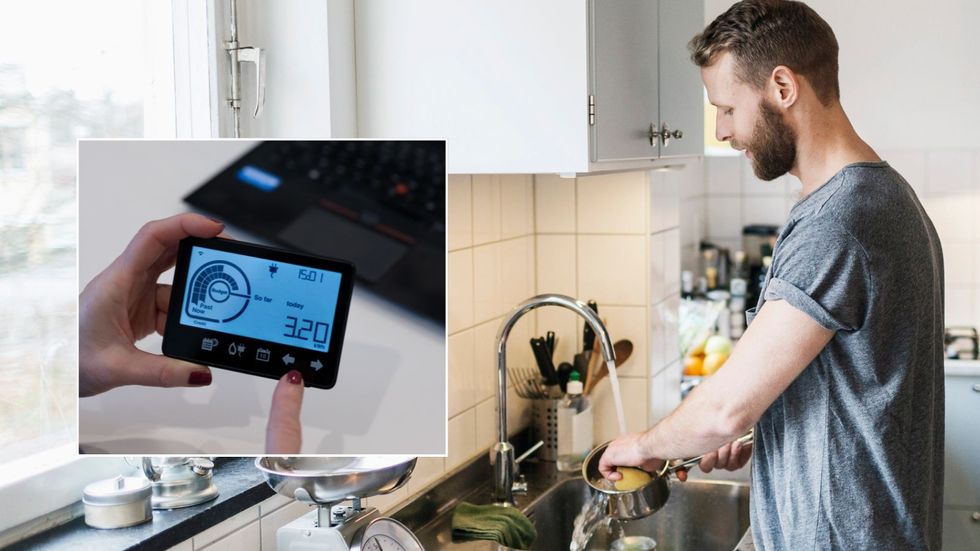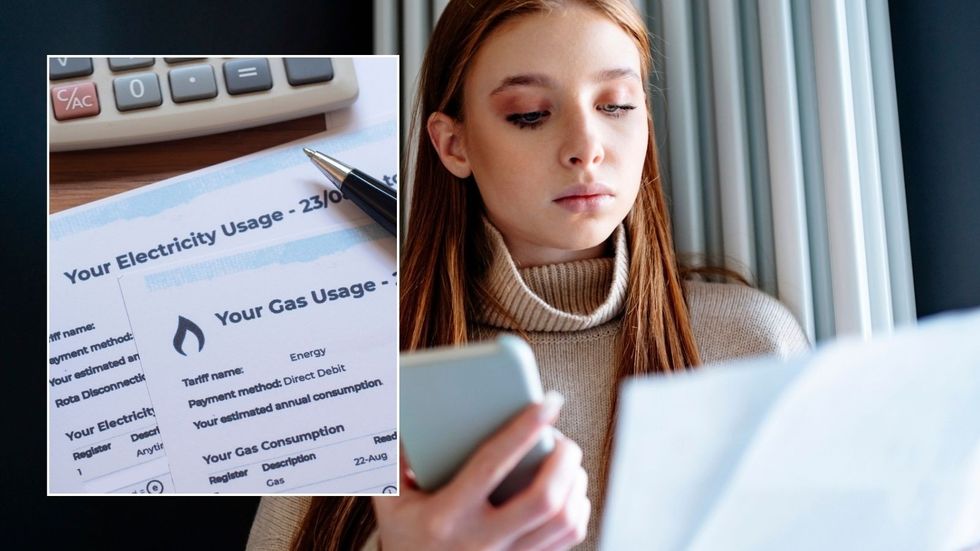Households across the UK are being reminded they have only one day left to take an energy meter reading before bills look set to rise in the New Year.
The Ofgem price cap will increase from £1,717 to £1,738 annually from January 1, marking a rise in energy costs for millions of homes.
The new figure, which applies to typical households paying by direct debit, represents a 1.2 per cent increase in energy bills.
Experts are specifically advising those without smart meters to take readings on December 31.
The reminder comes as energy companies prepare to implement the new rates, which will remain in effect until March 31.
Do you have a money story you’d like to share? Get in touch by emailing [email protected].

Experts are reminding Brits of an important deadline
GETTY
Taking a meter reading on December 31 is crucial for households without smart meters who are covered by the price cap.
This step ensures customers aren’t accidentally charged higher rates for energy used before the price cap update takes effect. The exact amount households pay may vary from the cap figure, as bills depend on individual energy usage patterns.
For most standard electricity meters, customers need to record the first five numbers shown from left to right, ignoring any red numbers. If your meter displays two rows of numbers, both readings must be noted down to ensure accurate billing.
Citizens Advice provides detailed guidance for those unsure about taking correct readings, helping households avoid any billing discrepancies during the price change period.
 Experts are warning that energy bills are likely to rise again GETTY
Experts are warning that energy bills are likely to rise again GETTY For dial electricity meters, users need to pay attention to the direction of each dial, as they turn in opposite directions to adjacent ones. When reading dials, Citizens Advice recommends writing down the lower number if the pointer falls between two digits.
If the pointer is between nine and zero, customers should record nine. For pointers directly over a number, that figure should be written down and underlined.
In cases where a pointer is directly over a number, customers should check the dial to the right. If that pointer is between nine and zero, they should reduce the underlined number by one.
Red dials can be ignored when taking readings. For digital metric meters, only the first five numbers from left to right need to be recorded. Numbers after the decimal point can be ignored on digital metric meters.
Digital imperial meter users should focus on the four black numbers only, disregarding the two red ones. Gas meter readings follow similar principles to electricity dial meters, with one key difference.
When reading dial gas meters, there’s no need to underline numbers where the pointer lands directly on them. The process remains straightforward for those with smart meters.
LATEST DEVELOPMENTS:
 Ofgem has outlined the most recent changes to the energy price cap GETTY
Ofgem has outlined the most recent changes to the energy price cap GETTY These devices automatically send usage data to energy suppliers, eliminating the need for manual readings ahead of the price change.
Citizens Advice continues to provide support for households uncertain about their specific meter type or reading process.
Ofgem adjusts the price cap every three months, with the latest change taking effect from January 1 through to March 31.
The new cap of £1,738 represents an average increase of £21 per year for typical dual-fuel households. Smart meter users can rest assured their readings will be automatically transmitted to energy suppliers.
These households won’t need to take manual readings before the price change takes effect. The price cap figure serves as a benchmark for typical household usage, though individual bills may vary.